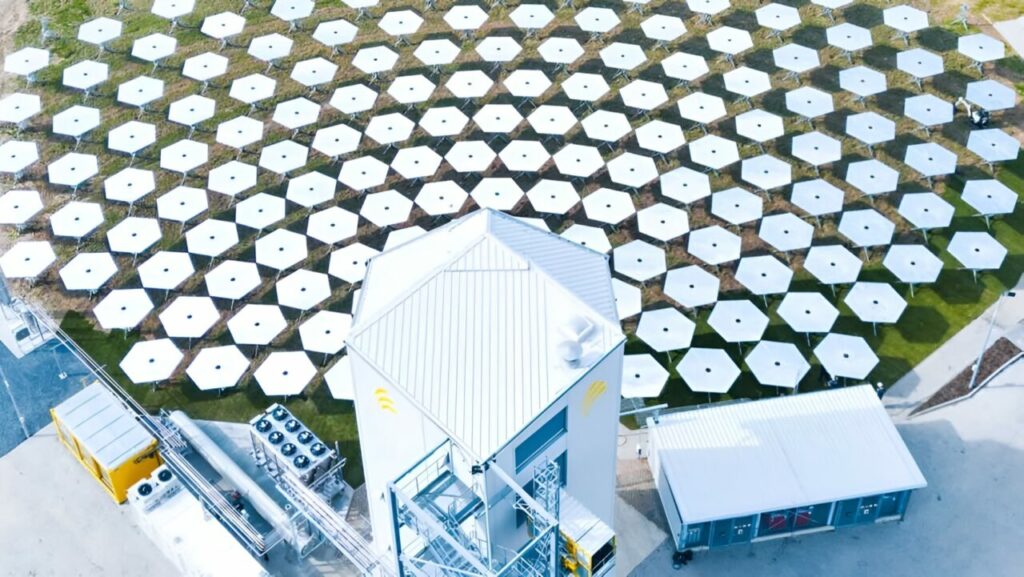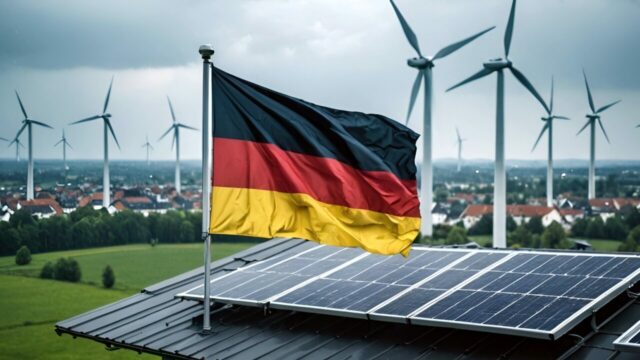A project has been announced to produce kerosene (jet fuel), gasoline, and diesel using solar energy. In the city of Jülich, Germany, a company named Synhelion has established a facility that will produce synthetic crude oil using solar energy for the first time in the world. This means they will produce kerosene for airplanes, gasoline for cars, and diesel for ships using solar heat. But how is this exactly possible?
Producing Kerosene, Gasoline, and Diesel with Solar Energy
Synhelion uses solar energy to produce liquid fuels such as kerosene, diesel, and gasoline. The facility in Jülich uses hundreds of moving mirrors to concentrate sunlight into a tower, reaching temperatures up to 1500 degrees Celsius. Instead of producing steam, this heat is used in the production of liquid fuels. This process significantly reduces carbon emissions, making flights and maritime transportation more environmentally friendly.

The European Union will mandate airlines to use 2% green kerosene in flights starting from 2025, increasing to 6% by 2030 and 20% by 2035. However, the current production capacity of sustainable aviation fuels (SAF) may not meet these demands. Synhelion’s solar-powered facility could play a major role in bridging this gap.
In Synhelion’s facility, specially designed mirrors are used to collect solar heat energy, focusing sunlight with high precision onto a point to produce hot steam used in the reactor. This steam is then mixed with biogas to produce synthetic crude oil and kerosene, among other fuels.

Synhelion plans to establish its first commercial facility in Spain in 2025, capable of producing approximately 1,000 tons of fuel annually. Over the next decade, Synhelion aims to reach an annual solar energy production capacity of about one million tons.
What do you think about the production of synthetic crude oil like kerosene using solar energy? How would widespread adoption of this technology contribute to the environment? Share your thoughts in the comments below…














